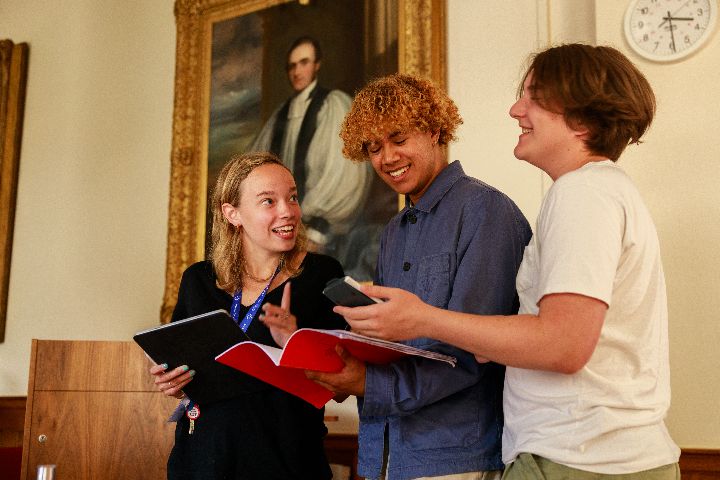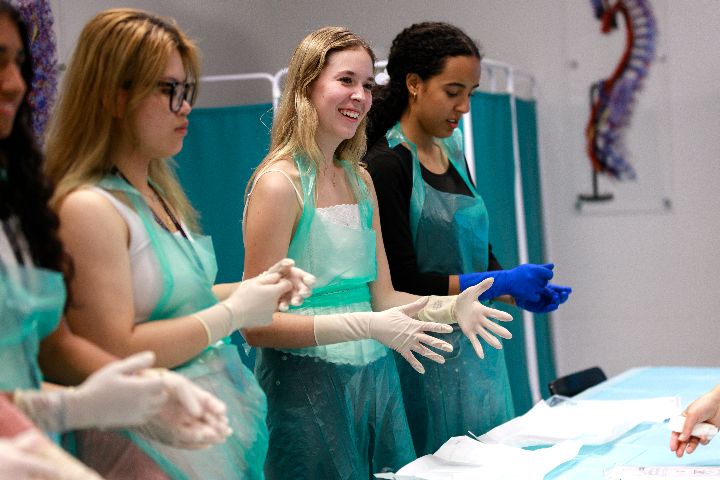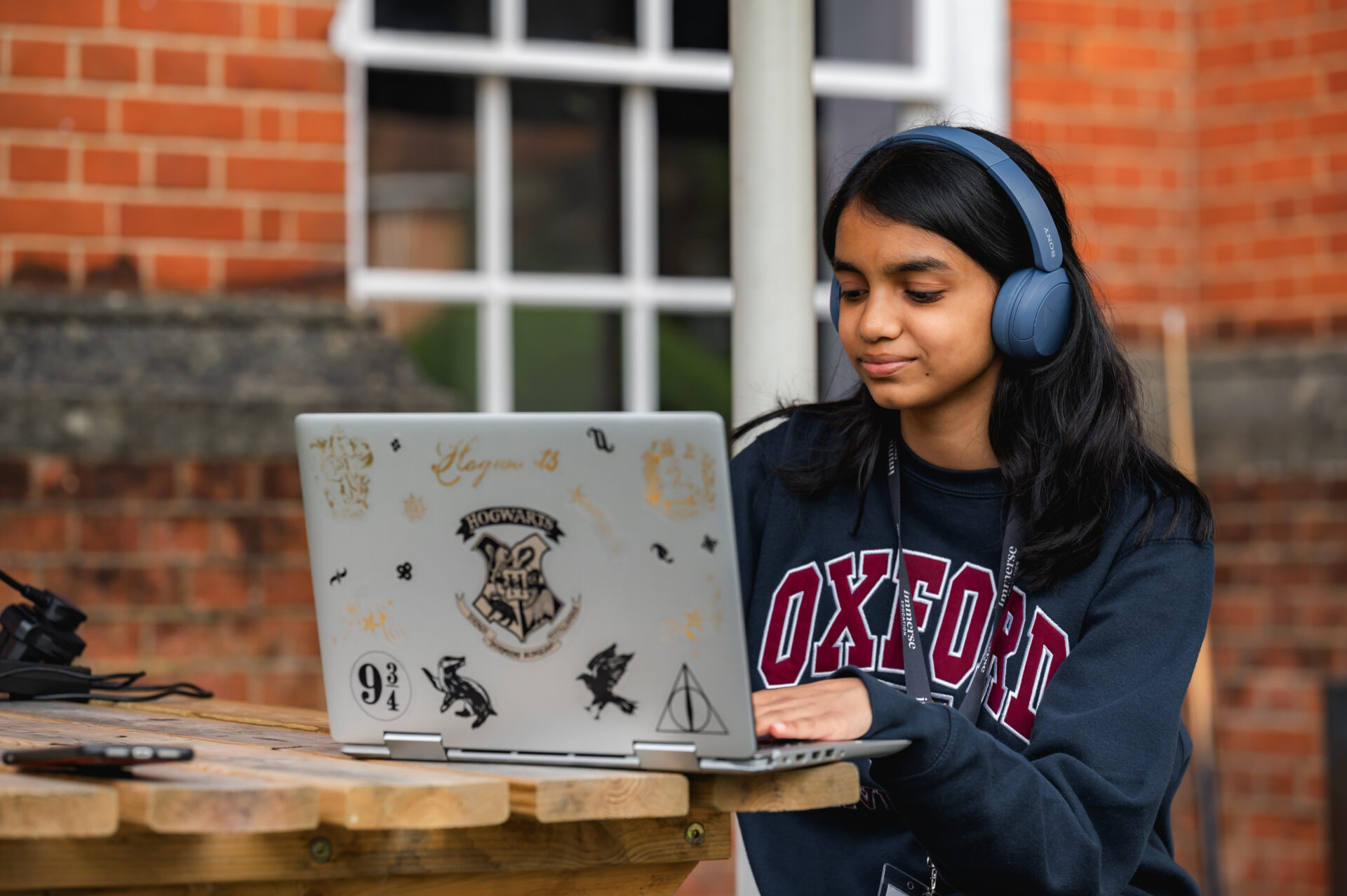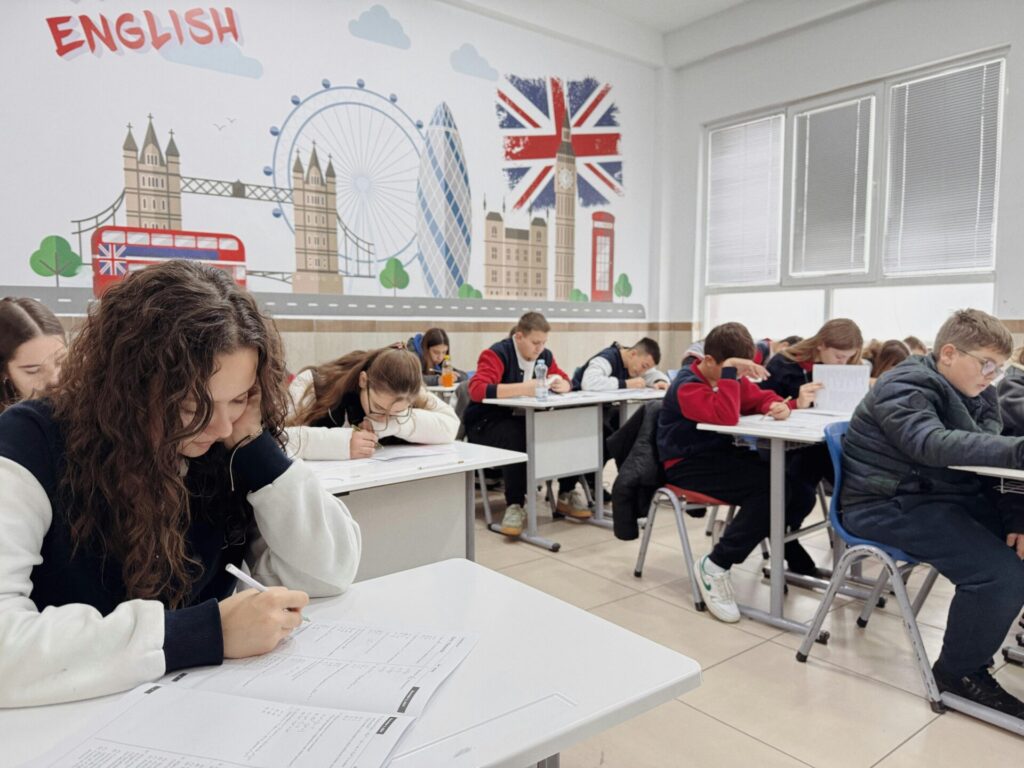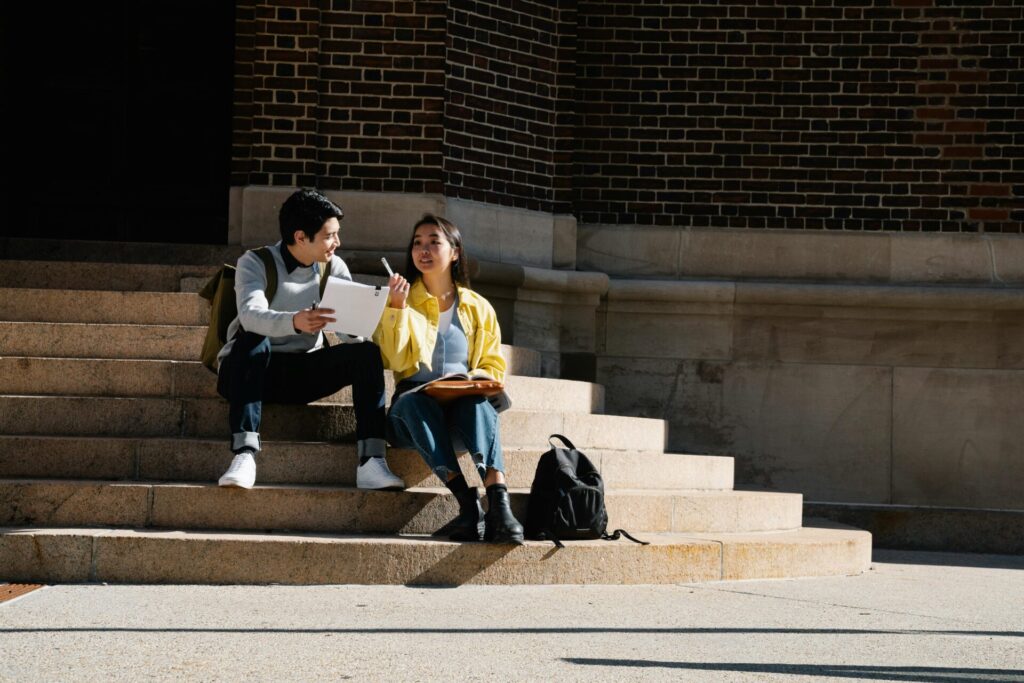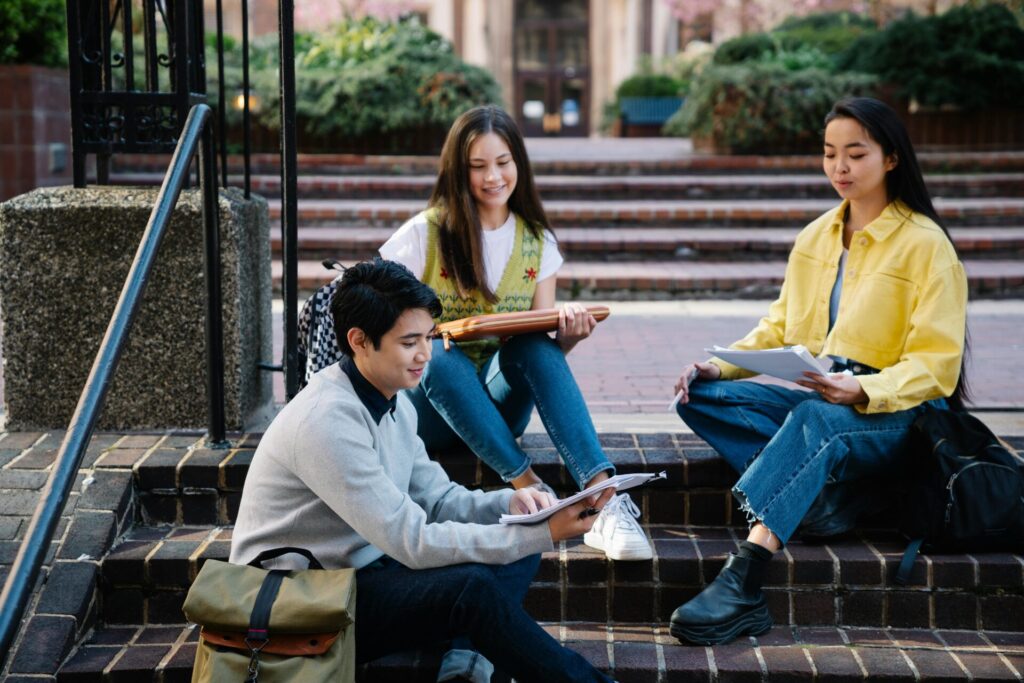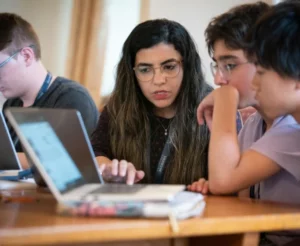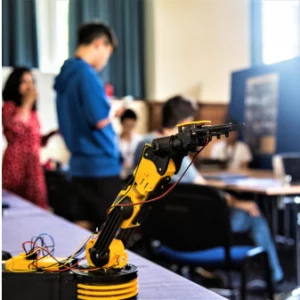Summer is often a time when children relax, play, and step away from the structured routine of school. However, research shows that students may lose important academic skills during long breaks, which is why incorporating summer learning activities into your family’s plans is essential. You don’t need to choose between fun and education, many activities offer both.
When you look at ways to keep learning alive, it helps to explore age-appropriate projects, outdoor opportunities, and even online resources. At the same time, families can also consider summer school programs that provide structured enrichment while still leaving room for relaxation. This guide will give you a comprehensive view of how to prevent learning loss and make summer enjoyable, all while answering the most common questions parents ask.
Engaging Summer Activities That Inspire Learning
When you think about good summer activities, the best ones tend to balance fun with meaningful learning. Children often thrive when they are given chances to explore creativity, whether that means writing short stories, building small inventions, or trying out new recipes. The key is to integrate curiosity into daily routines so that every moment has the potential to teach. Even a trip to the park can be transformed into an opportunity for observing wildlife or practicing counting with younger children.
Another reason to focus on thoughtful activities is the prevention of academic decline during summer months. Studies have shown that students who engage in regular reading or math practice retain more skills compared to those who do not. By choosing interactive projects, like science experiments with household materials or storytelling challenges, you can ensure kids remain mentally active. This approach is especially useful when combined with community-based opportunities such as library reading challenges or museum visits.
It’s also important to connect summer experiences with broader educational goals. For example, if your child has a strong interest in technology, coding platforms and online classes can fuel that passion. Families considering structured enrichment might explore the best summer programs for high school students, which combine social experiences with academic preparation. Meanwhile, local community events often provide free or low-cost ways to keep learning alive. The most effective activities are those that encourage both independence and collaboration, giving kids confidence as they grow.
Summer Learning Activities by Age Group
Different age groups require different strategies when it comes to summer learning, and tailoring activities ensures engagement. For preschool and kindergarten children, sensory-based play is the foundation of early learning. Activities like alphabet scavenger hunts, number games with toys, or storytelling through drawings keep them engaged while building early literacy and math skills. These playful approaches help prevent boredom while reinforcing key academic foundations.
Elementary school children benefit from more structured activities that still feel like play. At this stage, STEM experiments, story-writing exercises, and book clubs allow kids to practice academic skills in a fun way. Many parents find success with backyard science projects or math games tied to cooking. Outdoor adventures, like nature hikes or gardening, also connect to subjects like biology and geography. These activities are adaptable, cost-effective, and perfect for families looking to keep learning consistent.
For older students in middle and high school, summer can be a time for both exploration and preparation. Middle schoolers may enjoy independent research projects, creative writing, or basic coding lessons. High school students, on the other hand, benefit from structured enrichment like volunteering, internships, or Boston summer programs for high school students that combine academic focus with social interaction. This stage is also ideal for preparing for college readiness, where structured programs such as those offered by Immerse Education provide a blend of academic rigor and personal growth. Adapting activities by age ensures that each child remains motivated and engaged at their own level.
Strategies Parents Can Use to Prevent Summer Learning Loss
Preventing learning loss requires more than assigning worksheets, it’s about making learning a natural part of everyday life. One effective approach is setting up flexible daily or weekly routines that balance academics, play, and downtime. Even thirty minutes of reading per day can make a significant difference. Incorporating short bursts of learning in fun ways, like math problems during cooking or storytelling before bed, can also help reinforce knowledge without overwhelming children.
Another key factor is encouraging curiosity-driven projects. When children choose topics they are interested in, they are more motivated to learn. This could mean researching favorite animals, building a small model city, or documenting a science experiment. These projects teach critical thinking, research, and presentation skills while allowing kids to feel ownership over their learning. Parents can support by providing resources and guidance, but the child leads the process, highlighting the importance of critical thinking for students in building lifelong learning habits.
Social opportunities also help reduce learning loss while keeping kids connected with peers. Joining book clubs, community workshops, or even collaborative projects with friends ensures that learning is both academic and social. Parents who want more structure can explore summer school programs designed to provide guided academic enrichment. By mixing structured programs with informal exploration, families can strike a balance that ensures both fun and growth during the summer months.
Fun and Educational Summer Activities at Home and Outdoors
Summer doesn’t need to be limited to indoor study sessions, you can create meaningful summer learning activities both at home and outside. At home, families often find success with projects that merge play with academics. Cooking together teaches measurement and fractions, while board games build strategy and vocabulary skills. Even simple science kits can turn a kitchen into a lab, making learning a hands-on experience. These activities prove that academic growth can happen naturally in a relaxed environment.
Outdoor activities also hold incredible learning potential. A nature hike can become a science lesson when you observe plants, insects, or bird species. Stargazing introduces children to astronomy, while sports and team-based games strengthen communication and problem-solving skills. Backyard activities like water balloon math games or planting a garden connect outdoor fun with practical lessons. When children see how knowledge applies in real-world settings, it becomes easier for them to stay engaged.
Creative activities help bridge the gap between learning and fun. For example, chalk art can be used to practice spelling or math equations, while family music sessions can introduce rhythm and cultural exploration. Families who prefer more structure can even combine these experiences with local camps or short summer school programs, giving children a taste of both guided instruction and playful discovery. The key is flexibility, mixing home, outdoor, and structured activities ensures children stay active mentally and physically.
Low-Cost and Free Summer Learning Opportunities
One of the biggest challenges parents face is finding enriching activities that don’t strain the family budget. Luckily, many low-cost or free options exist that keep children engaged without sacrificing quality. Public libraries, for example, often provide summer reading challenges, workshops, and story times that support literacy development. These programs give children access to a wide range of books while offering structured incentives to keep them reading. Even better, they create a sense of community around learning.
Nature-based learning is another affordable option. Parks, beaches, and hiking trails provide endless opportunities for science lessons and physical exploration. Families can collect leaves, study insects, or simply observe seasonal changes to connect learning with the environment. Local community events, such as outdoor concerts, history tours, or cultural festivals, are also excellent ways to engage children in social and educational experiences. These options are widely available and often free of charge.
Digital tools also open doors to cost-effective learning. Free online resources such as educational games, printable worksheets, or open-access e-books give families a variety of options. Audiobooks and podcasts can also introduce children to new ideas while traveling or relaxing at home. Parents who want more structure can explore introductory programs or short courses, including the best summer programs for high school students that sometimes offer scholarships. These choices show that quality learning experiences don’t need to come with a high price tag, and parents can easily mix free and low-cost options for a balanced summer plan.
Summer Activities for Kids with ADHD and Learning Differences
Designing effective summer learning activities for children with ADHD or other learning differences requires flexibility and creativity. Active, movement-based games are often the most successful since they align with a child’s natural energy levels. Obstacle courses, scavenger hunts, or sports-based math games keep them physically active while reinforcing core skills. Short, structured tasks paired with frequent breaks help maintain attention without causing frustration. The goal is to make learning both stimulating and manageable.
Hands-on sensory activities are also valuable for these learners. Projects such as cooking, gardening, or building with blocks or Legos give children opportunities to engage multiple senses while problem-solving. These activities often provide a calming effect while also developing fine motor skills and critical thinking. Families can also create simple routines that encourage independence, such as daily checklists or visual schedules. These tools help children anticipate what comes next and reduce stress.
Technology can further enhance learning for children with ADHD or learning differences. Interactive apps, audiobooks, and podcasts provide multisensory ways to learn that hold attention more effectively than traditional worksheets. Parents may also consider structured environments like short summer school programs, which are often designed to provide individualized support. These approaches, when blended with home-based flexibility, ensure that all children have a chance to learn in ways that suit their unique strengths.
How Technology and Online Resources Can Support Summer Learning
Technology, when used thoughtfully, offers a wide range of opportunities for enriching learning during the summer. Educational apps that cover math, reading, coding, and foreign languages allow children to explore topics at their own pace. Online platforms provide engaging challenges that make practice enjoyable, which is especially useful for older students who are preparing for college. Virtual tools like digital whiteboards and interactive quizzes keep children motivated and give them a sense of progress.
Online resources can also connect students with global opportunities. Virtual museum tours, live-streamed science experiments, and online writing workshops bring educational experiences directly into your home. Many Boston summer programs for high school students now offer hybrid or online components, giving participants both flexibility and access to top-tier instruction. These experiences expand horizons and allow students to learn beyond traditional classroom boundaries. The variety of options ensures that every learner can find something meaningful, whether it’s science exploration or access to creative writing resources.
Still, it is important to balance technology with offline activities. While apps and online classes provide valuable support, children also need time for physical play, face-to-face social interaction, and creativity without screens. Parents who combine online tools with outdoor adventures or community programs achieve the most balanced outcomes. High school students, in particular, may benefit from structured enrichment like the best summer programs for high school students, which often combine online and in-person learning. Technology is most effective when it complements, rather than replaces, other forms of exploration.
Final Thoughts
Summer is the perfect time to keep kids engaged while helping them grow academically, socially, and creatively. From outdoor adventures and library programs to interactive tech and enrichment programs, there are endless summer learning activities to explore. By tailoring activities to each child’s interests and mixing free resources, structured programs, and family-led projects, parents can prevent learning loss and spark curiosity. The key is finding a balance of structure and flexibility that makes summer both fun and productive.
If you’d like expert guidance on choosing the best summer programs for high school students, you can always reach out to the team at Immerse Education, who have built a reputation for providing world-class academic experiences for motivated learners. For more information, contact us at hello@immerse.education or call +44(0) 20 8123 6988. Our specialists are available for free consultations to help you design the right plan for your child’s summer journey.
